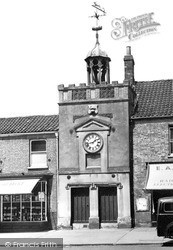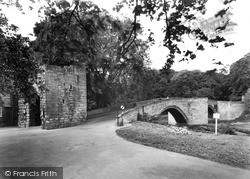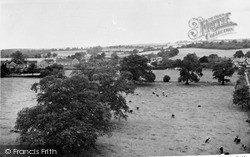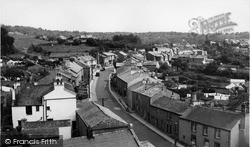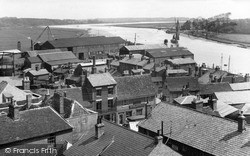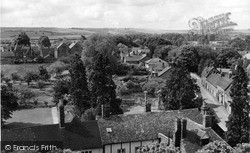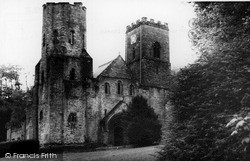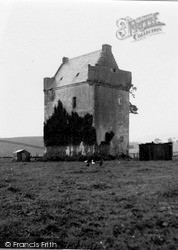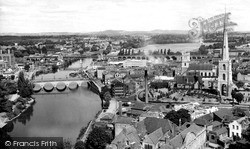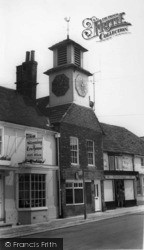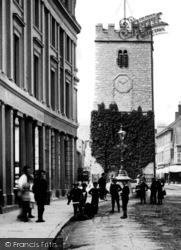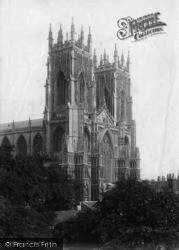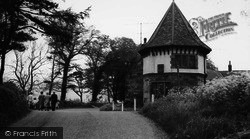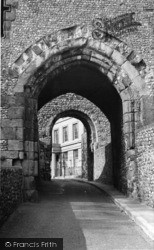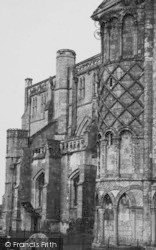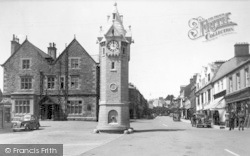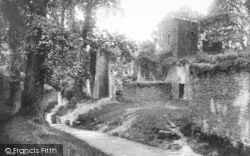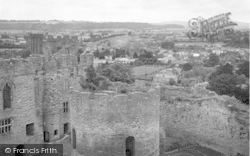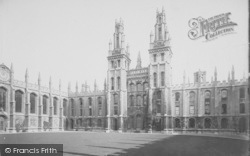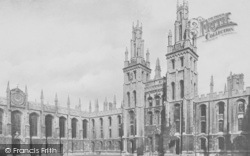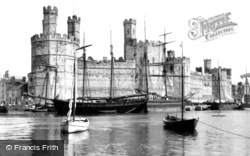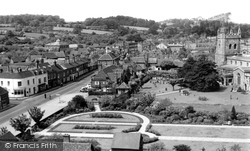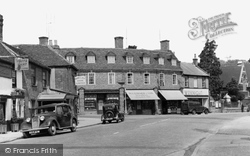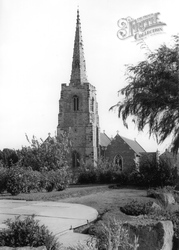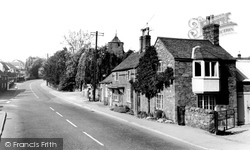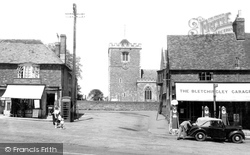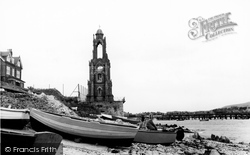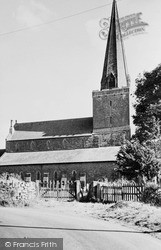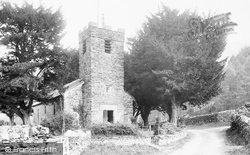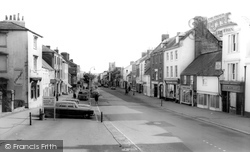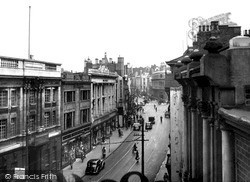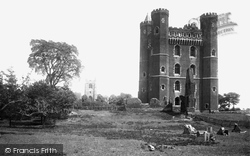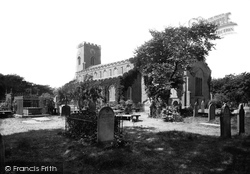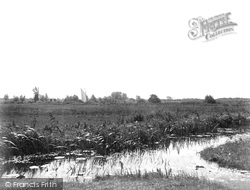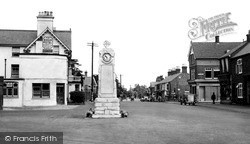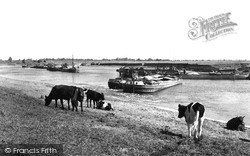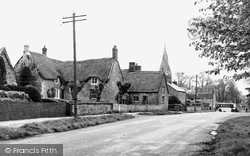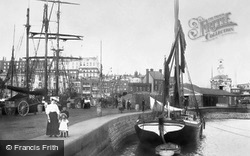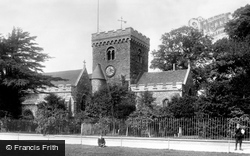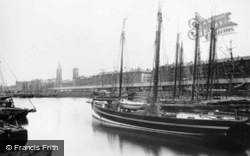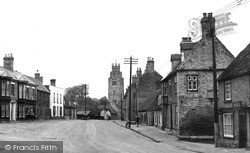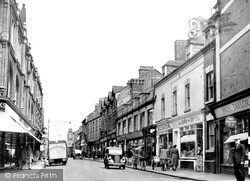Places
36 places found.
Those places high-lighted have photos. All locations may have maps, books and memories.
- Poplar, Middlesex
- Bow, Middlesex
- Bethnal Green, Middlesex
- Stepney, Middlesex
- Alton Towers, Staffordshire
- Isle of Dogs, Middlesex
- Limehouse, Middlesex
- Spitalfields, Middlesex
- Barjarg Tower, Dumfries and Galloway
- Bromley, Middlesex
- Stratford Marsh, Middlesex
- Tower Hill, Merseyside
- Tower Hill, Essex
- St George in the East, Middlesex
- Wapping, Middlesex
- Globe Town, Middlesex
- Old Ford, Middlesex
- Cubitt Town, Middlesex
- Tower Hill, Cheshire
- Tower Hill, Surrey
- Bow Common, Middlesex
- Mile End, Middlesex
- Millwall, Middlesex
- Ratcliff, Middlesex
- Warmley Tower, Avon
- Tower Hill, Hertfordshire
- Tower End, Norfolk
- Tower Hamlets, Kent
- Tower Hill, Devon
- Tower Hill, West Midlands
- Blackwall, Middlesex
- North Woolwich, Middlesex
- Hackney Wick, Middlesex
- Shadwell, Middlesex
- South Bromley, Middlesex
- Tower Hill, Sussex (near Horsham)
Photos
2,720 photos found. Showing results 2,181 to 2,200.
Maps
223 maps found.
Books
1 books found. Showing results 2,617 to 1.
Memories
637 memories found. Showing results 637 to 637.
Captions
3,036 captions found. Showing results 2,617 to 2,640.
No one was left in any doubt, especially the Welsh, that they were looking upon the seat of a new royal government and a new imperial power.
The tower bell chamber and south porch were added in the 15th century and the leaded spire in the 18th. The church was heavily restored by Sir George Gilbert Scott in the 1860s.
Looking west past the Memorial Gardens, the white building on the far hill, just to the left of the church tower, is Shardeloes, the Georgian mansion of the lords of the manor.
A Georgian tower and church of the 1710s, heavily remodelled in the 1850s and recast in Gothic style in polychrome brick by G E Street: he had described the Georgian church as 'a very ugly brick
The medieval four-stage tower of the church with its recessed crocketted spire dates from around 1400, but the remainder of the building is good High Victorian work, in the main by Richard Cromwell
In front of the church is a three-storey tower which forms a part of the basically 15th-century Old Hall.
The church is a good one - the tower is basically Norman. The shop on the left is now an antique lighting shop, while the garage has gone, to be replaced by a clothes shop.
The Clock Tower, clockless and with a cupola instead of its spire, was built as a memorial to the Duke of Wellington, on the Southwark side of London Bridge in 1854.
The church is noted for the height of its tower and spire, which can be seen for miles around.
The six ancient yews which surrounded it were said to be even older and grew higher than the tower.
The tower of St Mary's Church is beyond the pedestrian crossing (centre).
Gallowtree Gate runs out of Granby Street and London Road as it drops down to the Clock Tower.
Built entirely of brick, an early use of the material on such a large scale, with windows and dressings of Ancaster limestone, little survives of Tattershall save for its magnificent five-storeyed tower
The square-towered St Cuthbert's Church is not far from the large cricket ground, where a socket of a stone cross (marking one of the resting places of St Cuthbert when he was being carried to his final
The flat landscape of the Broads is broken by windmills, church towers, or the masts of sailing boats.
The war memorial-cum-clock tower has been relocated away from the more recent roundabouts at the junction to a safer location further up the High Street beside the 1874 Institute.
Cattle still graze here, but beyond the left-hand dredging barges the view north is now dominated by the cooling towers and chimneys of High Marnham Power Station, opened in 1962.
The church of St Nicholas retains remnants of its Norman origins, but the fabric is mainly of a period around 1300, including the tower and tall broach spire.
The medieval church stands high above the promenade, and has a Norman tower. The town has pleasant Georgian terraces, with Victorian development along the promenade.
The present chancel was the nave of the first church, while the tower was added after the Norman Conquest.
We can just see St Nicholas' Church and the Tower Building at the very far end. George's Dock was built out from the original shore-line and opened in 1771.
The tower of the Municipal Buildings on Dale Street dominates the sky-line to the left. At the time of our photograph, it cost 1s 6d for a car to go through the tunnel.
The two octagons of the tower can be seen for miles around, and were used as a beacon by those travelling by boat through Willingham Mere.
Built in 1892, it was the first Kettering school to be built under the national system for non-denominational education, but it managed to appear ecclesiastical with its imposing clock tower.
Places (38)
Photos (2720)
Memories (637)
Books (1)
Maps (223)


